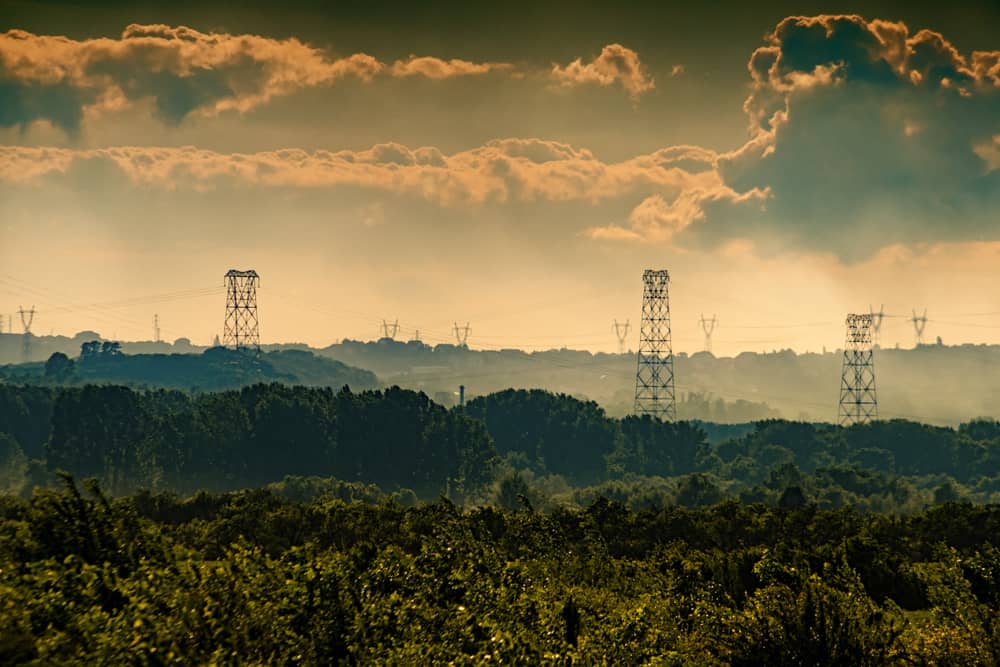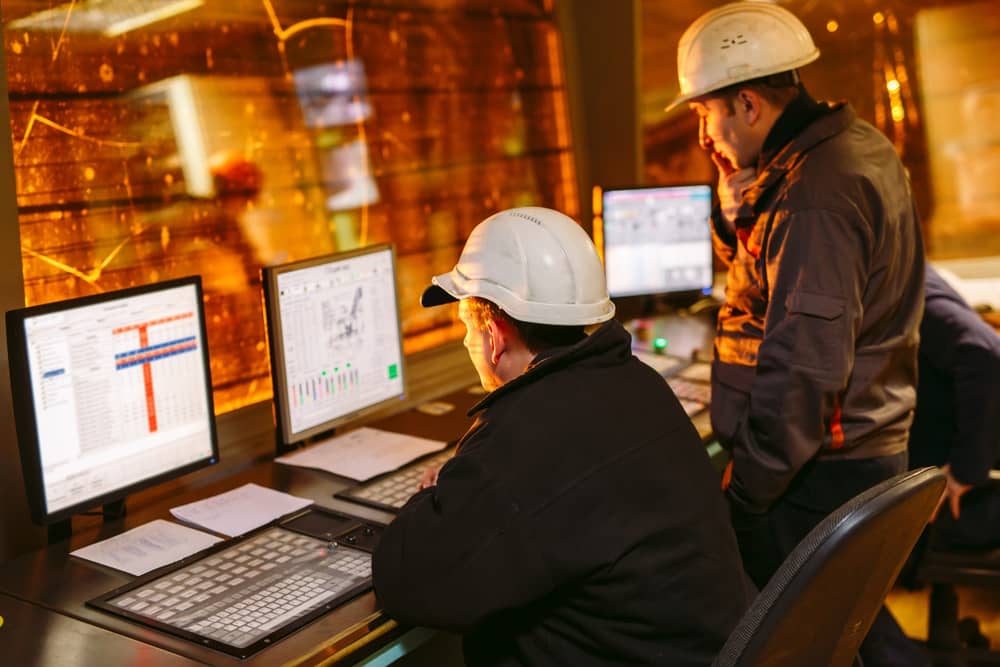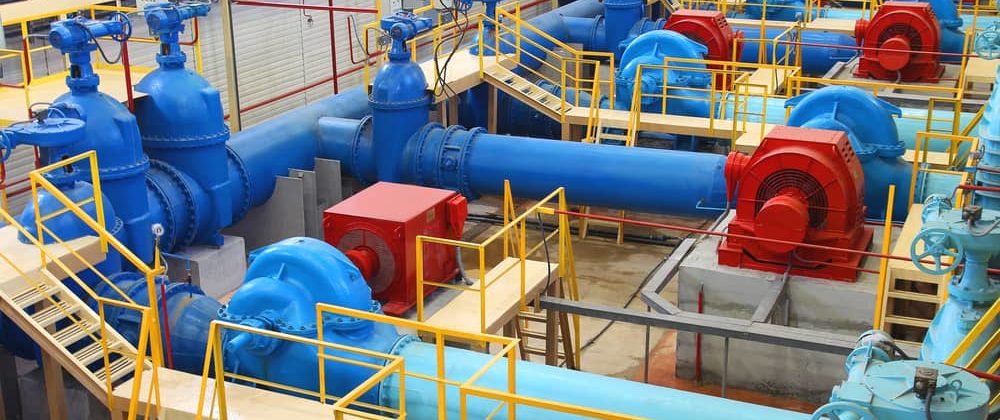Every utility control room has a unique set of needs and requirements, and no two command centers are the same. Companies are spending millions of dollars on these once-in-a-generation spaces, so the stakes are incredibly high. That’s why transparent communication in control room design and construction is so important. In this blog, we’ll provide questions to ask and important considerations when building a control room to make sure you choose the right consultant for your utility company.
Benefits of Transparent Communication in Control Room Projects
The most important trait to look for when vetting potential control room consultants is complete transparency. They should be able to clearly explain their services and processes and have a deep understanding of how utilities use control rooms on a daily basis. Additionally, the consultant should have a solid grasp of the significance of their responsibilities when building a utility control room.
Don’t sign on with a control room consultant without a complete understanding of their processes, procedures, and documentation. If they can’t discuss and explain their methodologies when it comes to power control room construction, they’re not the right consultant for you.
Questions to Ask Potential Control Room Consultants
There are several important questions to ask potential consultants before your utility control room installation. Posing these questions will help you ensure transparent communication in control room design and construction.
1. Do You Have Experience Working With Utility Companies?
The most important question to ask control room consultants is whether they have any experience working with utility companies. Utilities have fast-paced, high-pressure environments where every day is different from the one before. Your consultant must have specialized knowledge and technical expertise in order to help you anticipate and overcome any challenges your operators may face.
Consultants with experience in building a utility control room will audit your existing command center to uncover and prioritize the most important aspects of your project. They should also understand how content management systems and audio/visual equipment work together to provide operators with real-time situational awareness that helps them make informed decisions.
Ultimately, the most qualified consultants facilitate transparent communication in control room design and construction that prepares you to ask the right questions upfront. They’ll also have a well-defined process that supports you every step of the way, from pre-design to commissioning.

2. Do You Take An Interdisciplinary Approach to Control Room Design?
Utility control rooms blend advanced technologies, physical and cybersecurity, and industry compliance into an intricate system of dependency. This requires consultants to provide high-quality infrastructure, network architecture, and design that can handle the unique needs of utility operations.
Before choosing a consultant to handle your utility control room installation, make sure they fully understand the interconnectedness of your command center. Your consultant should take the following factors into consideration:
- Architecture
- Engineering
- Interior design
- Acoustics
- Lighting
- Ergonomics
- Console layout
- Audio/visual
- Telecommunications
- Security
- Sustainability
3. Do You Have Enterprise-Level Control Room Capabilities?
Transparent communication in control room design and construction should also include a discussion of the consultant’s experience with supervisory control and data acquisition (SCADA) systems. The consultant must have deep experience with this platform and the accompanying information technology infrastructure SCADA platforms use to provide actionable data.
Ultimately, the consultant should offer access to enterprise-level hardware, software, and any other systems that support your 24/7/365 needs. This gives operators the ability to access and interpret essential data in order to make informed decisions that bring the biggest benefit to your customers.
4. Do Your Designs Account for Disaster Preparedness?
In the world of utilities, even the slightest oversight in infrastructure or network architecture can lead to potentially disastrous downtime. Your consultant should know how to create a control room that is adequately prepared for both failover and disaster recovery scenarios. They should also provide reliable equipment of the highest quality that keeps your operations running smoothly. As you know, indecision, miscommunication, or a lack of information can have catastrophic consequences.
Comprehensive disaster recovery planning for utilities must focus on responding quickly and appropriately to any issues that may arise. This includes factors like human error, acts of nature, and malicious physical or cyberattacks. Your plan should also be well-documented and available to anyone who needs it in both blue and dark sky situations.

To ensure transparent communication in control room design, make sure the consultant’s disaster plan accounts for:
- Normal operating conditions
- Abnormal operating conditions that require immediate attention
- Abnormal operating conditions that threaten safety in a crucial area
- Disaster response to unforeseen weather that takes down a station during transfer
5. Do You Have Comprehensive Utility Industry Compliance Knowledge?
Compliance is central to the daily operations of utility control rooms, so consultants must understand industry-wide best practices and all legal requirements. This includes controller qualifications, deviation documentation, and hours of service calculations, along with state and federal audits. One of the biggest considerations when building a control room is the implementation of procedures that protect your assets and ensure your reputation of safety and responsibility.
Before selecting a consultant to handle your power control room construction, make sure they understand full compliance with the:
- North American Electric Reliability Corporation (NERC)
- NERC Critical Infrastructure Protection (CIP)
- Federal Energy Regulatory Commission (FERC)
- NIST CyberSecurity Framework (NIST-800)
6. What Cybersecurity Protocols Do You Integrate Into Utility Control Rooms?
The final important question you should ask to ensure transparent communication in control room design is what cybersecurity protocols the consultant integrates into their projects. Technologies continue to evolve every day, bringing new opportunities for plant security, operational efficiency, and personnel safety. Ultimately, your operators should have secure access to any system across multiple domains at any time or from any location.
Vet the consultant’s security protocols to ensure they’ll future-proof your infrastructure, protect your investment, ensure network cybersecurity, and boost operator efficiency. Look for features like:
- Secure access
- Virtual media data encryption
- Vital rapid failover and backup support from any location
- Adjustable authority levels and flexible authentication
- Encrypted communications and logins
Consequences of a Lack of Transparent Communication in Control Room Design & Construction
A lack of transparent communication between utility customers and control room consultants can have a variety of damaging consequences. These include (but are not limited to) the following:
- Poor communication and coordination
- Ineffective or uninformed decision making
- Worker stress and dissatisfaction
- Unsafe working conditions
- Poor process orientation
- High levels of waste and variability
- Inability to foresee and correct problems
- Impeded continuous workflow
- Delays and rescheduling
- Limited planning and control systems
- Little to no feedback on feasibility

Choose Mauell for Your Utility Control Room Installation
Whether you need to renovate your existing utility command center or build a new one from the ground up, you can trust Mauell’s end-to-end control room design and construction services. With over 50 years of experience creating purpose-built utility control rooms, we know how to account for the intricate details of these highly technical environments.
Experienced Control Room Engineering & Consulting
Our user-centric approach to utility control room design allows us to see your vision through to execution. We offer assessment services for existing control rooms and applications for new installations, allowing us to guide you through every step of the design-build process. Our architects and engineers will work with your team on-site to address any pain points and create a custom approach that exceeds your needs.
Comprehensive Control Room Construction Management
General construction trades require coordination and management to achieve success, which is why we’re the prime contract holder for every control room we build. We assign a dedicated construction manager at risk (CMAR) to every project who is licensed to hire subcontractors in many states.
We work with every customer to determine the best path forward, regardless of your geographic location. In some situations, we can help you onboard architects and contractors, along with vetting them in earlier stages with your input.
Our CMARs and general construction managers work in the same facility, streamlining the building process and reducing your overall costs. We’ll also assist you with product-level engineering and can provide the latest video walls, consoles, and furniture to complete your space. From supplying construction trades and renovating spaces to building new facilities and managing services, we do it all.
